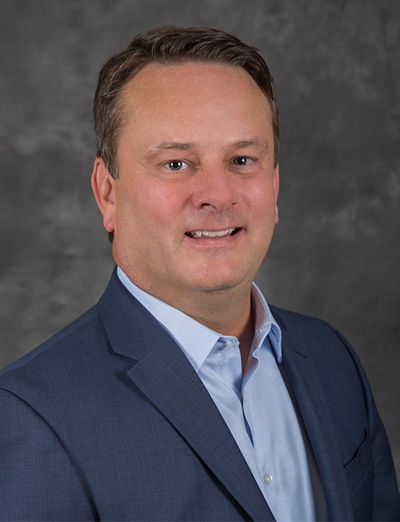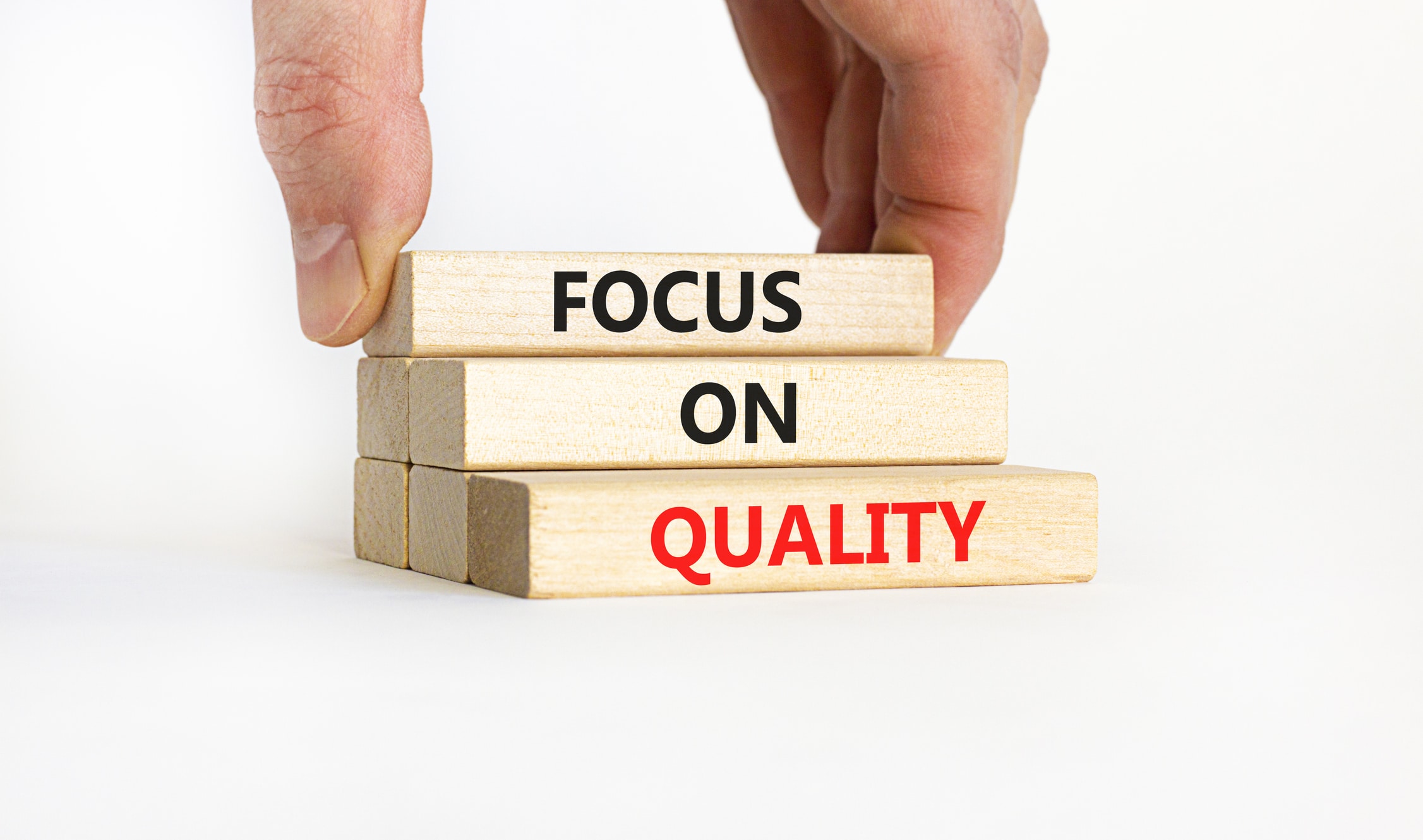Leaders of asset-intensive industries have begun to engage in the digital transformation. Many companies are still in the early stages and are experimenting with new wireless sensors, Internet of Things (IoT) technologies, asset tracking software, and various platforms that seek to combine IT and Operational Technology (OT) systems. However, according to Gartner, 64% of manufacturers expect to complete this transformation within the next two years.
A digital transformation comes with hurdles. The switch to integrated IT/OT must be done wisely to justify the time and expense of an alignment. This blog will discuss the necessary steps that manufacturers should take to achieve the best results for IT/OT alignment for digital business success.
Preparing for IT and OT Alignment
According to Gartner, a thorough study should be done to analyze which OT systems can be more easily aligned with IT standards and platforms. Similarly, OT system management needs to be evaluated to determine how to best collaborate an approach for software acquisition, maintenance and support processes. Another important step of the digital transformation is precisely determining data needs of both IT and OT systems and processes. By understanding data requirements, it becomes possible to map out joint integration plans where data flow benefits are most easily realized, helping the organization to reap the largest rewards achievable.
Collaborating to Realize Digital Business Results
Despite the potential of digital realignment, resistance to change is inevitable. It is wise to pinpoint where the IT organization can be involved with supporting, managing and improving OT systems. OT system personnel will have pain points they seek to address. By selecting high potential return areas that attack such pain points, greater cooperation can be generated towards achieving common goals such as greater asset reliability, increased production efficiency, cost savings and higher revenue. Further areas ripe for consolidation include software procurement, life cycle management, software licensing, support, networking and cybersecurity. The outcome of each project should be clearly established and the return on project investment carefully worked out before commencing.
Expansion of IT and OT Alignment into the Overarching Business Result
Existing assets and systems are not the only area of interest. It is also wise for IT and OT personnel to come together to discuss new projects, so that OT design can be revised to accomplish IT/OT alignment while also enhancing scope and improving results. Such hybrid digital transformation projects seek to consolidate platforms and can advance the company into new markets, generate a standardized digitization playbook for both departments. Future projects will benefit from this.
In addition to design, analytics engines and machine learning tools are another lucrative area of interaction to discuss. IT is likely to gather the siloes of information that exist within these systems, yet the built of the data is unstructured. This includes information found in word files, presentations and emails that are stored in outside databases. IT teams in many companies have been working with business intelligence professionals and data scientists to unify their information platforms so that everything can be subject to analysis. By aligning IT/OT, companies can create a unified, real-time view of enterprise performance, globally manage raw material costs across the planet and streamline its supply chain and post production.
iBase-t Solumina it the right tool to streamline your consolidation efforts between IT and OT systems. By doing so, organizations can accelerate their digital transformation. For more information, check out iBaseT’s Building a Foundation for Digital Manufacturing whitepaper.






